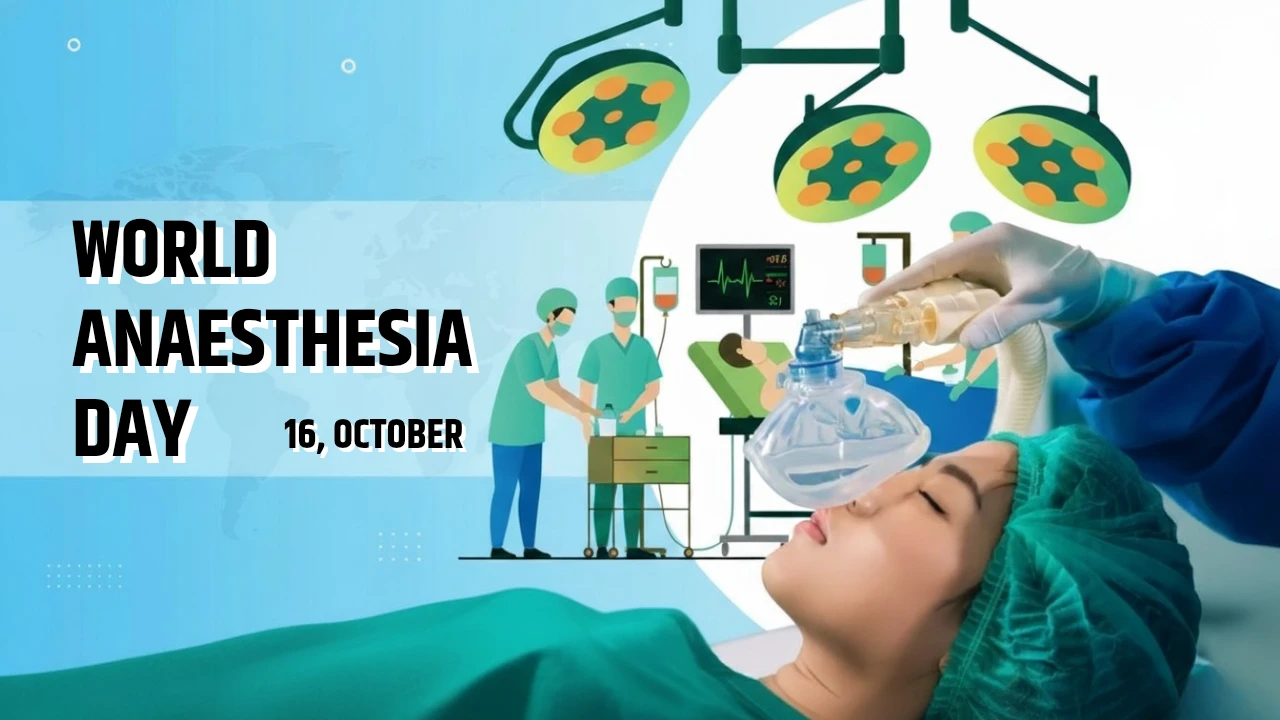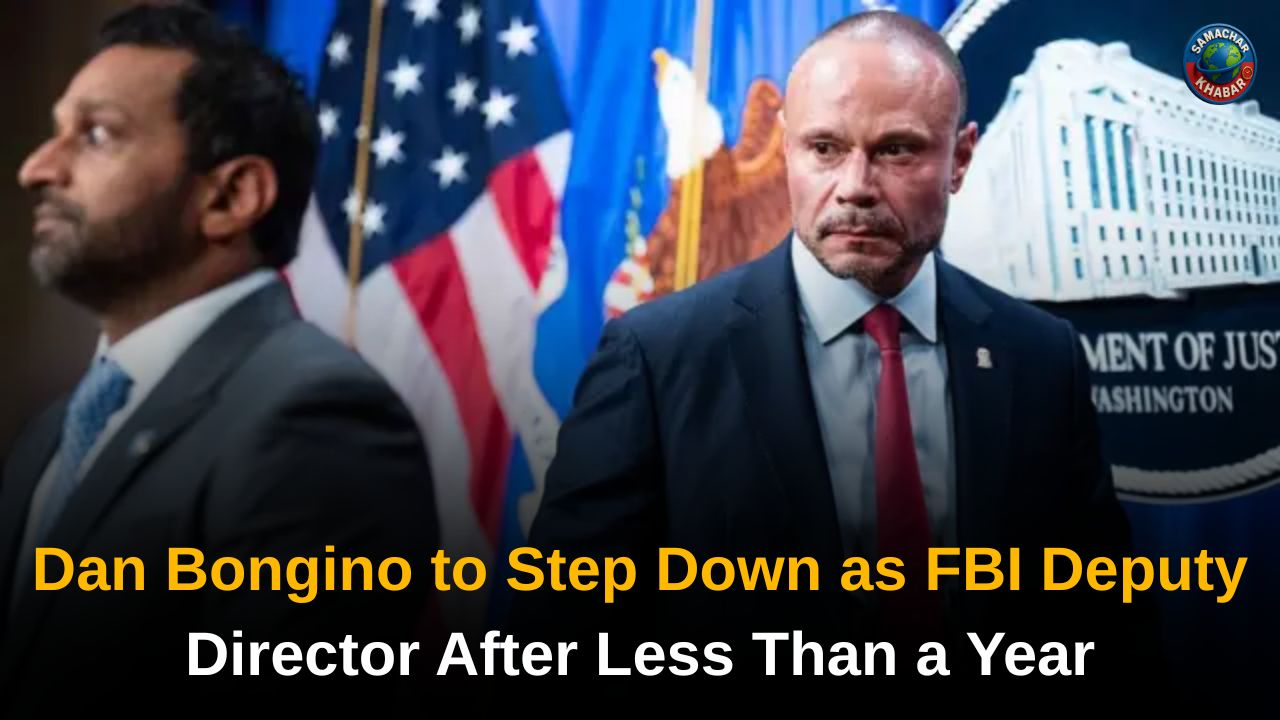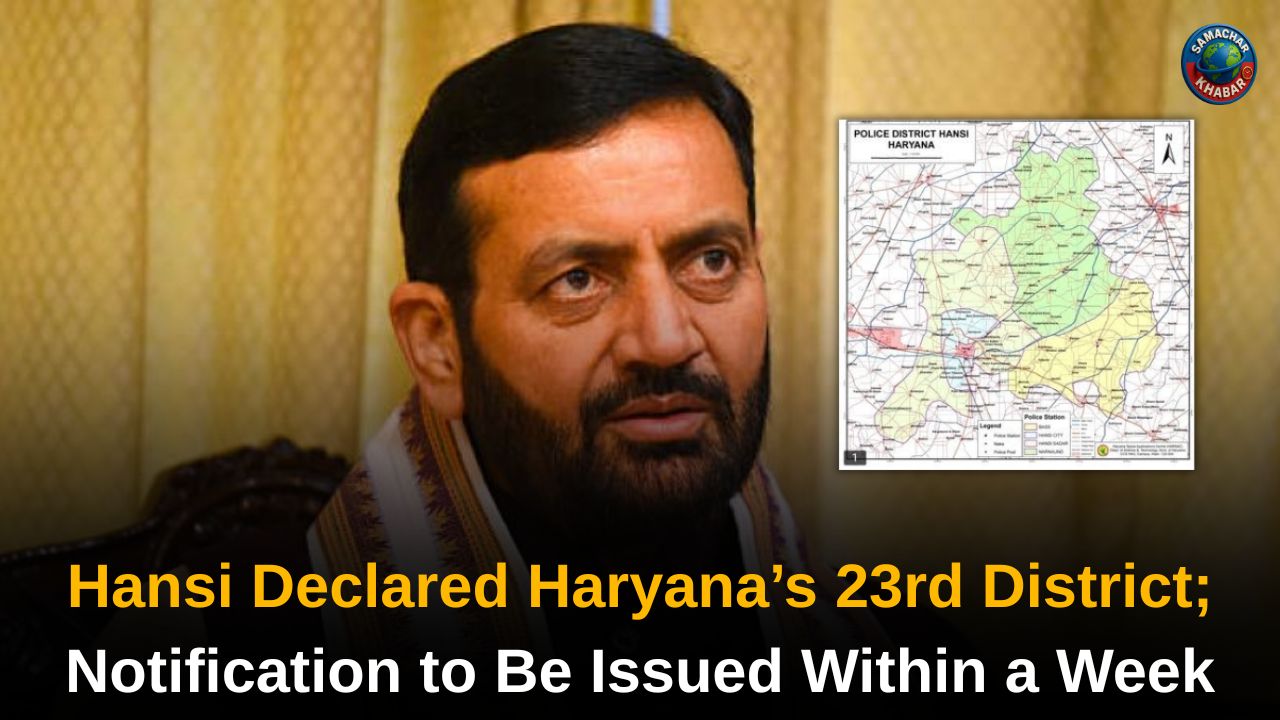Imagine a world where surgery was a spectacle of pain, a horrifying last resort where screams were the soundtrack to saving a life. Before a single, successful public demonstration in 1846, this unimaginable agony was the brutal reality of every surgical procedure.
Fast forward to today, and a quiet revolution happens countless times a second globally. It’s the silent, steady hand of the anaesthesiologist, the vital force that transforms potential trauma into a safe, controlled medical process. October 16th marks the annual observance of World Anaesthesia Day 2025, a moment to pause and appreciate one of medicine’s most profound and life-changing breakthroughs.
This year, under the theme of Anaesthesiology in Health Emergencies, we shine a light on these indispensable specialists who are often the unsung heroes at the frontline of crisis.

This post will delve into the monumental history behind this day, explore its deep significance, detail the critical 2025 theme, and underscore the unparalleled importance of anaesthesia professionals in modern healthcare and global well-being.
The Dawn of Pain Relief: History of World Anaesthesia Day
World Anaesthesia Day, also affectionately known in some circles as “Ether Day,” is celebrated every year on October 16th. This date is far from arbitrary; it commemorates the pivotal moment in medical history that irrevocably changed human suffering.
The 1846 Breakthrough: Ether Day
The official genesis of modern anaesthesia took place on October 16, 1846, at the Massachusetts General Hospital in Boston, USA. This was where American dentist, William Thomas Green Morton, successfully demonstrated the use of diethyl ether as a general anaesthetic.
- The Patient: Gilbert Abbott, who needed a vascular tumour removed from his neck.
- The Surgeon: Dr. John Collins Warren, initially skeptical, yet ultimately revolutionized by the outcome.
- The Remark: Upon the completion of the painless surgery, Dr. Warren famously remarked, “Gentlemen, this is no humbug.”
This single event—the first documented, successful public demonstration of surgical anaesthesia—proved that surgery no longer had to be synonymous with excruciating pain. It was the birth of a new era, opening the door for complex, life-saving procedures previously deemed impossible.
Also Read: Can Spinach Cure Vitamin B12 Deficiency?
The Global Recognition
The global observance was initiated by the World Federation of Societies of Anaesthesiologists (WFSA) to acknowledge this milestone and celebrate the contributions of anaesthesia providers worldwide. It is a day dedicated not just to the historical use of ether, but to the constant evolution of the entire medical specialty known as Anaesthesiology.
Significance and Importance of Anaesthesiology Today
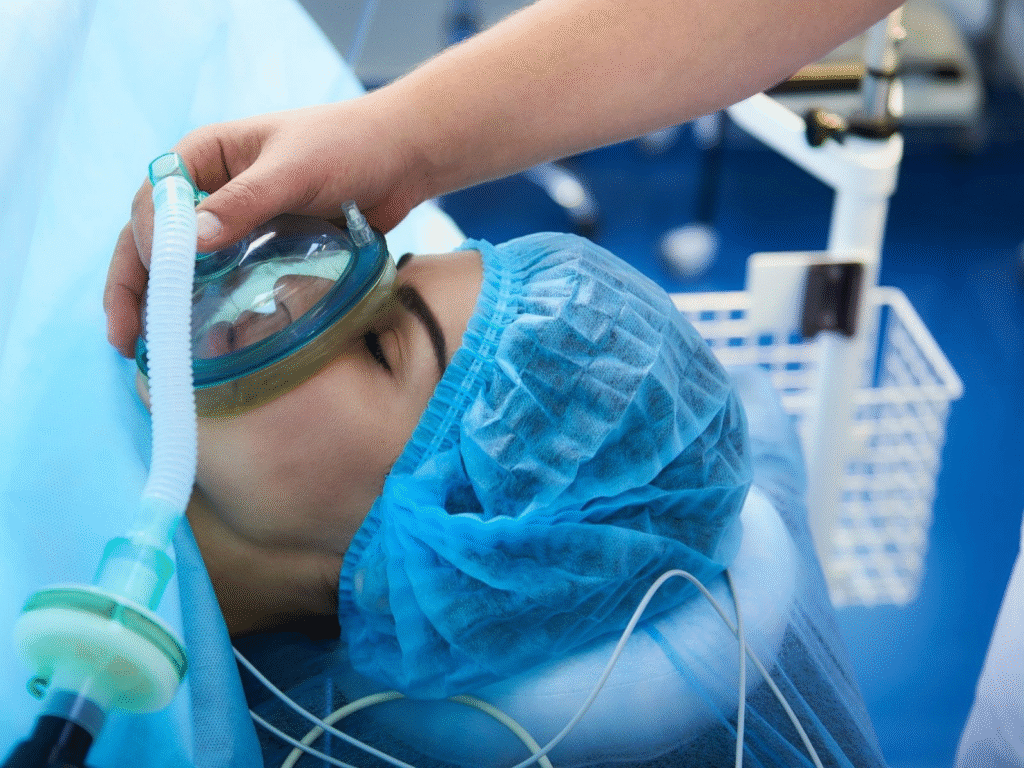
The importance of anaesthesia extends far beyond simply ‘putting a patient to sleep’ for surgery. Anaesthesiologists, often referred to as Perioperative Physicians, are central figures in patient safety, critical care, and pain management.
The Pillar of Modern Surgery
Without safe and effective anaesthesia, much of modern surgery—from heart bypasses to organ transplants—would be impossible. The anaesthesiologist is responsible for:
- Maintaining Homeostasis: Continuously monitoring and managing a patient’s vital functions (heart rate, blood pressure, breathing, fluid balance) before, during, and after surgery.
- Pain Management: Ensuring complete pain relief during the procedure and contributing to post-operative recovery plans.
- Critical Care: Leading in Intensive Care Units (ICUs), managing ventilators, resuscitating critically ill patients, and coordinating complex life support.
A Global Health Disparity
While celebrating the advancements, World Anaesthesia Day also serves as a crucial advocacy tool. According to the WFSA, an estimated 5 billion people worldwide still lack access to safe and affordable surgical and anaesthesia care. This staggering statistic underscores the vital need for:
- Increased training and retention of skilled anaesthesia professionals, especially in low- and middle-income countries.
- Investment in essential anaesthesia equipment and medications.
- Promoting robust patient safety protocols globally.
This highlights the dual significance of the day: celebrating progress while actively fighting for global equity in healthcare access.
World Anaesthesia Day 2025 Theme: Anaesthesiology in Health Emergencies
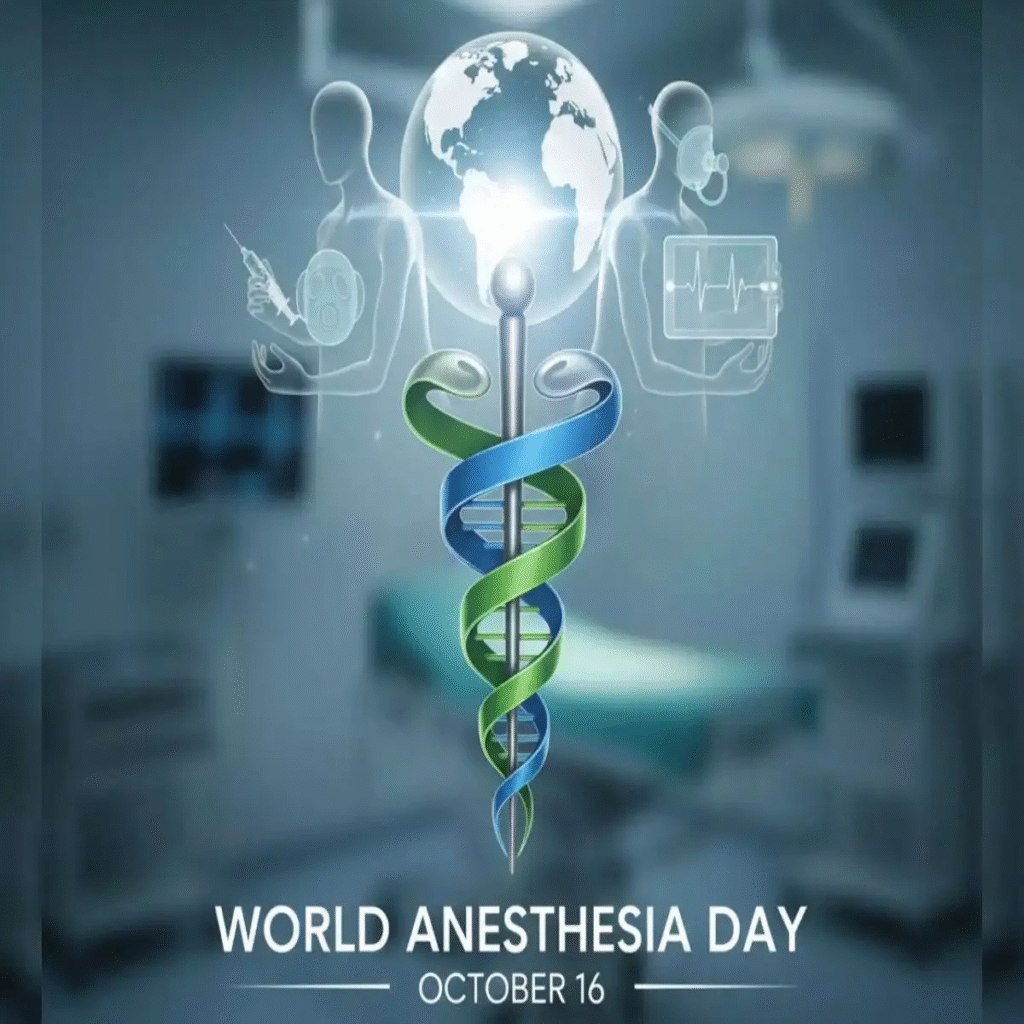
The annual theme provides a focused opportunity for the global community to highlight a critical facet of the specialty. For World Anaesthesia Day 2025, the WFSA has chosen the profoundly relevant theme: Anaesthesiology in Health Emergencies.
Anaesthesiologists: The Frontline in Crisis
This theme emphasizes the indispensable role of anaesthesiologists when health systems are pushed to their limits—during natural disasters, mass casualty events, and global pandemics.
- Trauma Response: In emergency rooms, anaesthesiologists are essential for immediate airway management, administering blood transfusions, and managing shock in severely injured patients.
- Disaster Relief: They are often the most qualified personnel to rapidly establish safe breathing, perform emergency procedures, and provide critical care in austere environments.
- Pandemic Management: As seen during the recent global crisis, anaesthesiologists were crucial in leading the management of severe respiratory distress, overseeing ventilator use, and staffing overburdened Intensive Care Units. Their expertise in pharmacology, physiology, and airway management made them the core specialists in the fight.
Original Insight: The 2025 theme moves the perception of the anaesthesiologist from a strictly operating-room-bound professional to a versatile, life-saving specialist whose skills are portable and essential in any critical setting. They are the medical team’s experts in keeping the most fragile patients alive, regardless of the chaotic environment.
Mobilizing for World Anaesthesia Day 2025: A Call to Action

How can we honor the contributions of anaesthesia providers and support the goals of World Anaesthesia Day 2025?
Engaging with the Theme
Healthcare organizations, medical schools, and the general public can participate by:
- Organizing educational workshops on emergency airway management and CPR.
- Hosting seminars focusing on disaster preparedness and the logistics of critical care in emergency situations.
- Sharing stories of anaesthesiologists who have played heroic roles in local or international emergencies.
Celebrating Safety and Expertise
World Anaesthesia Day 2025 is a profound reminder that the absence of pain is not a given, but a meticulously managed medical gift. From the silent revolution of 1846 to the critical care frontline of today’s health emergencies, anaesthesiologists stand as the unwavering guardians of patient safety.
The 2025 theme, Anaesthesiology in Health Emergencies, calls on us to recognize their immense contribution during crisis and advocate for the resources and training they require to keep us all safe.
Take a moment this October 16th to thank an anaesthesiologist, nurse anaesthetist, or anaesthesia technician. Share this post to spread awareness of their vital, often unseen, work and help champion the cause of safe anaesthesia access for all 5 billion people who still wait.
FAQs on World Anaesthesia Day
Q1: What is the main purpose of World Anaesthesia Day?
A: The main purpose is to commemorate the first successful public demonstration of surgical anaesthesia on October 16, 1846, and to raise global awareness of the indispensable role of anaesthesiologists and safe anaesthesia practices in healthcare, patient safety, and global public health.
Q2: Who is considered the pioneer of modern anaesthesia?
A: William Thomas Green Morton, an American dentist, is credited with the first successful public demonstration of diethyl ether as an anaesthetic for surgery on October 16, 1846.
Q3: What is the theme for World Anaesthesia Day 2025?
A: The official theme for World Anaesthesia Day 2025 is “Anaesthesiology in Health Emergencies,” which highlights the critical role of anaesthesiologists in disaster response, trauma care, and managing critical patients during health crises.
Q4: Do anaesthesiologists only work in the operating room?
A: No, that is a common misconception. While they are crucial in the operating room, anaesthesiologists are highly skilled physicians who also manage Intensive Care Units (ICUs), provide pain management services (acute and chronic), and are frontline specialists in emergency medicine and trauma response.
Q5: How can the lack of safe anaesthesia affect global health?
A: The lack of safe anaesthesia access is a major global health crisis, preventing an estimated 5 billion people from receiving necessary surgical care for conditions ranging from childbirth complications to trauma injuries and cancer. Improving access is essential for achieving universal health coverage.

